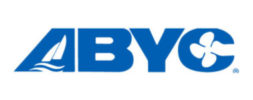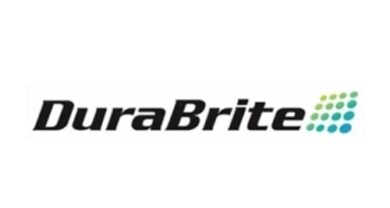Swimming upstream
RP lost outboard market share last year. And it expects to lose more this year.
That may sound like bad news, but the company says it’s all part of a plan to simplify its outboard operation and narrow its focus to one product line —Evinrude E-TEC two-stroke direct injection engines.
The plan is working, say BRP’s top executives. The company’s outboard manufacturing plants have been reduced from seven to three. Its outboard business was profitable for the first time last year, and with BRP expecting to double the number of E-TEC engines it produces, it should be even more profitable this year.
Now, for the first time, the marine industry is taking BRP seriously, according to Roch Lambert, BRP’s vice president and general manager of outboard marine engines, and its marine engine division has entered a period of stability in which it can take stock of its position and start planning for the future.
“Let’s face it: we’ve been scrambling to get five platforms out in three years,” he explains, adding that during the same period of time, Suzuki put out three platforms and Yamaha put out two platforms, while it took Mercury five years to put out three platforms. “So, we’ve been playing catch-up. Now that we have stability, our whole team will be able to focus on developing the dealer network.”
Strengthening the pillar
The dealer network is one of three pillars BRP has identified within the company.
With an Evinrude E-TEC line-up from 40 to 250 hp in the marketplace and a smaller, more focused base of outboard plants, the other two pillars — technology and manufacturing footprint — are in place, giving the company a window in which to focus on this third pillar.
Over the past several years, BRP has built a dealer network consisting of small and mid-sized dealers, an area where Lambert expects to see continued growth.
“We’ve had a lot of success with the mid-sized dealers that want a focus and are looking for a tool to compete against the big dealer in the area selling at discount, buying a large volume,” Lambert explains. “Also, given the fact that Mercury and Yamaha are just about everywhere, we’ve captured the smaller dealers who have said, ‘For me to survive, I’m going to have to have a niche or a different offering.’”
As it grows, it’s unlikely BRP’s outboard division will attract the larger dealers because its commercial policy doesn’t involve “rewarding the big dealers as much as they would like us to reward them in comparison to the mid-sized dealers,” he adds. But those that have committed to the brand are making above average margins, according to Lambert.
In prior years, being a BRP dealer took a significant commitment. With demand for four-strokes at an all-time high, it meant aggressively selling the two-stroke DI engines, rather than just taking customer orders. But with a significant boost in BRP’s focus on, and investment in, marketing over the past two years, that is starting to change.
“They don’t have to sell it as much as they used to. They can now start taking orders,” he says. “Two years ago, it was like: ‘Roch, we can’t survive without four-strokes.’” Nobody has talked to me about it in the last year. Literally, not one dealer has come to me and said, “You know, I need to have a four-stroke.”
That jump in consumer demand may make BRP’s goal of growing its dealer network easier. Right now, the company has nearly 2,000 engine dealers, a number it expects to increase over the next two years.
Not only does BRP have plans to grow its network, it also wants to get a larger percentage of its network trained on the E-TEC engines, a goal it is pursuing by offering dealers financial incentives.
“It is a challenge for us to convince them — and I don’t think it’s just BRP, I think it is an industry challenge — to invest in their future,” Lambert comments. “They tend to say, ‘We’ll find a way to fix it,’ and then they’re always on the phone with our call center people and it makes the whole consumer response system inefficient.”
The next generation
BRP’s mid-term goals include filling in its line-up of E-TECs between 40 and 250-hp and growing its parts and accessories business.
Coming quickly down the pike, however, is the need to begin developing “the next generation of E-TEC.” The average life of an engine platform is five to seven years, and so the company expects to launch its next platform between 2008 and 2010. Despite speculation that BRP may someday build a four-stroke outboard using its Rotax technology, the company says there is no doubt that the platform will consist of two-stroke DI engines — not four-strokes.
Some of BRP’s recent growth has come from increased demand for two-stroke DI engines — which bodes well for the company’s future plans. While hard and fast numbers are hard to find in this sector, Lambert estimates that on a wholesale level, DI engines currently represent 25 to 28 percent of the market, an increase of 5 to 8 percentage points from last year.
Until this year, DI engines’ share of the North American outboard market seemed relatively flat at 10 to 15 percent, while four-stroke engines were growing in leaps and bounds. That left BRP — with its focus on the DI market — going “against the flow.” With its aggressive marketing techniques, it seems the company is now creating its own flow.
As a result, BRP’s goal of grabbing 20- to 25-percent market share within the outboard business now seems more realistic.
“If we got to that level in the next relatively short period of time, that would be a good achievement,” says Lambert. “Now, do I believe we can beat it? I think so.”




